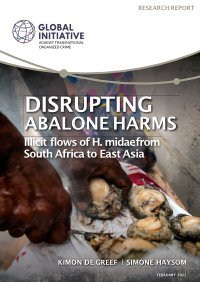By EMS Foundation and Ban Animal Trading
The wild animals within the borders of South Africa are part of the heritage of every South African and we have the right to demand that our government protects wild animals against exploitation and to demand accountability from government as to what it does in this regard. Government is empowered by a cogent body of laws to perform this function and it is obliged to do so by international treaties. It is urgently necessary for government to comply with its responsibilities not only because of the ethical, moral and legal compunction to do so but also because the export of our wild animals for the financial gain of a few has become big business.
South Africa has become the largest exporter of live wild animals to Asia, where many wild animals are killed to extract potions from their carcases and are eaten as delicacies. Some are sent to languish in atrocious zoos. Some are inserted into the murky world of the illegal wildlife trade. The reality is that the South African government fails to apply its strong regulatory powers and by design or neglect allows strikingly large numbers of animals to be exported.
South Africa: EMS Foundation and Ban Animal Trading, 2020. 123p.






